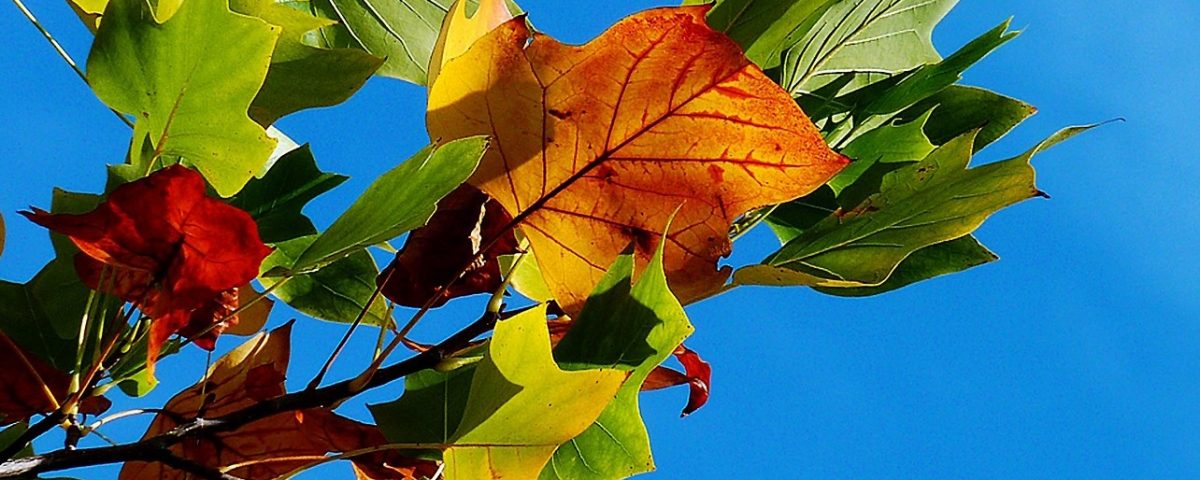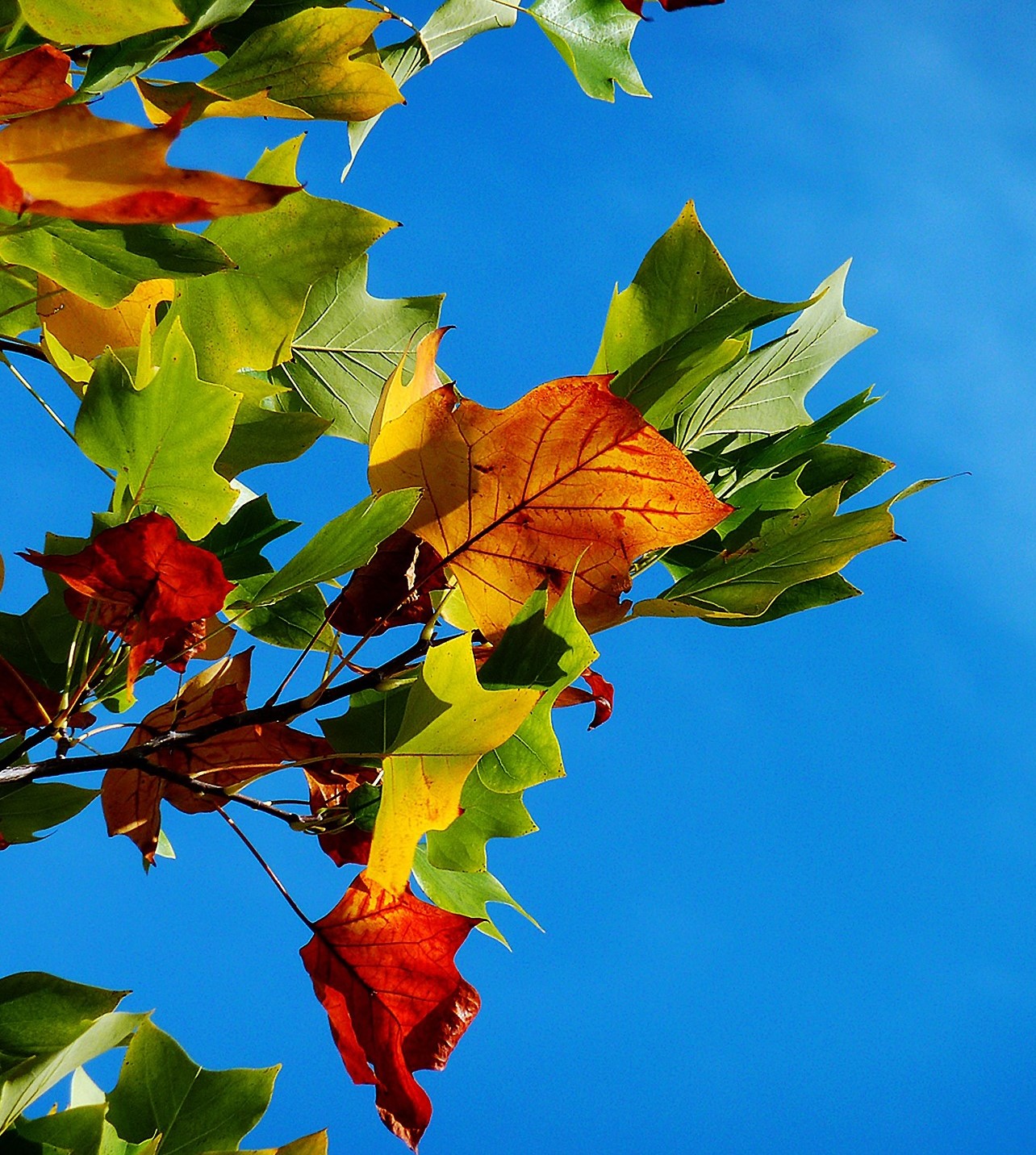Preparing for Autumn Gardens

Preparing for Autumn Gardens
*By Shaun Mayfield
Spring is the time when most gardens are just coming to life. Seed leaves break the soil barrier, they begin reaching for the sky in a formal introduction to the sun and life begins to explode in the garden. Summer is peak growing season for most gardeners since that warm sun is really pushing those tomatoes, peppers, and other warm loving plants to their max. Autumn though is overlooked for some gardeners, despite the fact that it can be one of the best growing seasons, as well as allowing you a great jump start heading into the winter months.
Here are just a few of the benefits of autumn growing:
1. Soil begins to stay a little moister
2. If you experience fall breezes this will help keeps bugs down
3. The weather continues to get nicer... until it’s too cold.
4. Many pests and insects are also using the autumn to prepare and hunker down which means fewer bugs.
Many of the garden plants you may be growing will last into the fall, however, many new plants need to be started before the nights get too cold. When looking at plants, choose varieties that are cool weather suited and need short days to mature even though daytimes are still warm since the evening temps will begin dropping and the length of nighttime is getting longer. Depending on your local climate you may be able to grow those cool weather plants throughout the winter.
Prepare your Garden for the Fall Plantings
For some of you, based on your daily and weekly routines, you may not really have much prepping. For others whose routines are not as regular, there are certain things to begin considering and doing in preparing for this great autumn season. Some of these regular routines may include things like weeding, removing diseased and finished plants, regularly feeding, etc. For many of us, however, even with the best intentions those HOT months may push us to neglect our garden a little, and despite our best intentions, our gardens could use a bit of attention. Here is a great checklist to ensure your success is guaranteed. Luckily this season transition is an easier one that should save your back from heavy lifting or any other time-consuming activities.
Examining Plants
1. Weeds - sometimes these are hiding under our more pleasant plants. Get these before they go to seed if possible.
2. Collect seeds for next year
a. Got heirloom seeds? Harvest them for next season. Have too many? Package them up for online or local resale!
b. Leave some plants to go to seed or allow some fruits to dry.
3. Remove any dead and spent annuals, allow your tomatoes & peppers to ripen.
4. Examine your perennials
a. Look for disease; spotted leaves, rotting stems, dispose of them in the trash, not compost.
5. Check trees for damaged branches and remove them as necessary.
6. Trash any diseased or pest ridden plants, compost the rest.
7. Fallen fruits - remove these fruits to not attract pests.
Replenishing Soil & Mulch
1. Do you have areas that need fresh soil & compost? Remove the mulch, add soil to the thin spots, then replace the mulch. Top dress or work in.
2. Loosen any compacted soil with a fork, no need to till.
3. Add leaf mulch or other appropriate mulch where/as needed.
4. Add soil amendments prior to replanting
a. Soil is depleted of nutrients throughout the season that needs to be replaced.
b. Feed the soil, not the plants.
5. Pull back the mulch from the base of plants, stems, and trunks to protect from too much moisture & fungus.
Get out there and enjoy one of the best seasons and see your garden continue to be a blessing to you and all who take part in its beauty, growth & produce!
To find out what webinars or live classes are available for free click here!
*Shaun is an Agriscaping Certified Educator (ACE) in Denton, TX. Find him here!

